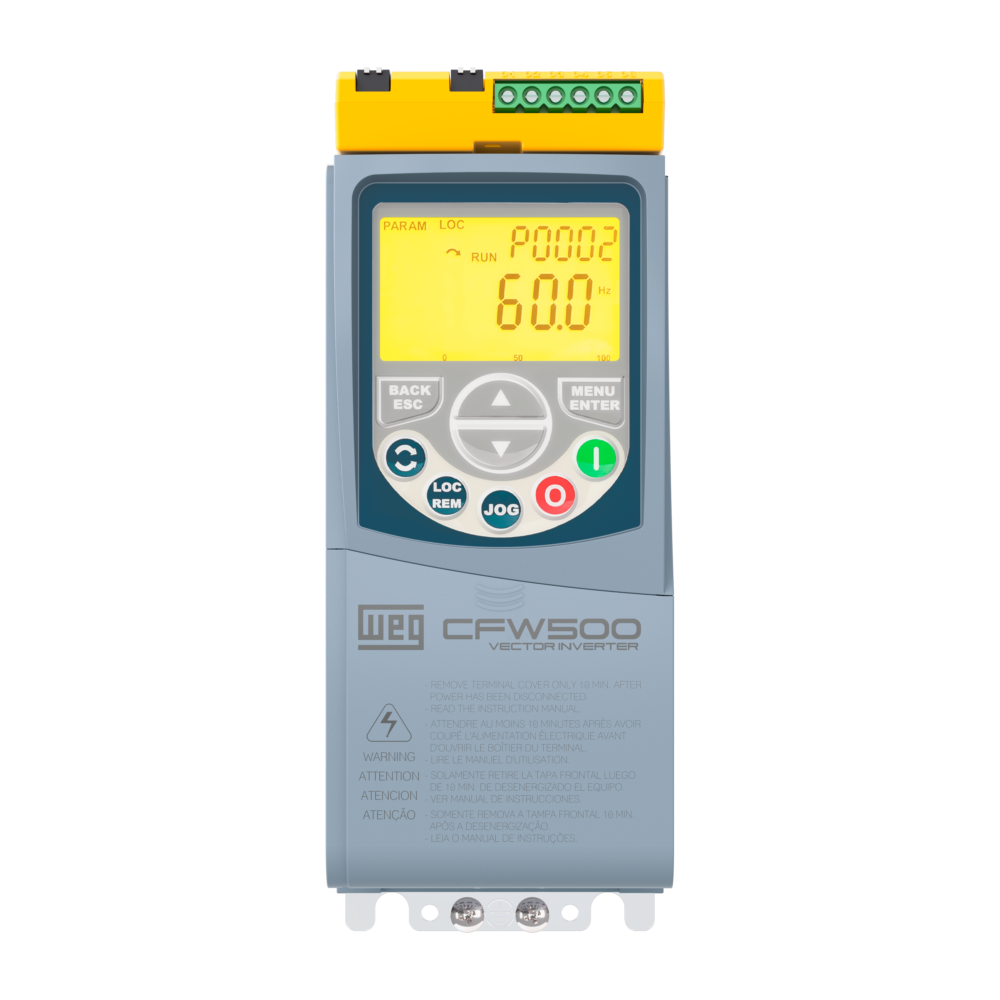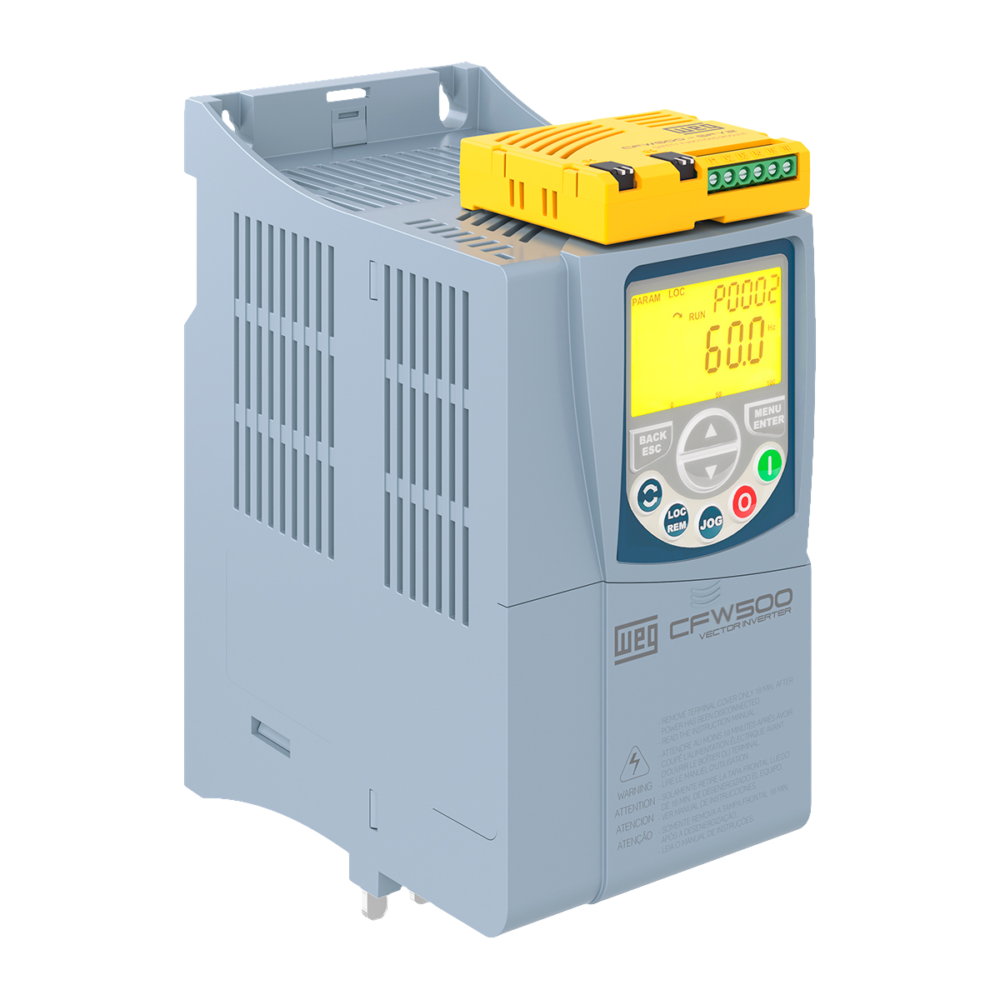~ Why built-in safety features in variable speed drives (VSDs) are essential ~
In the pursuit of quality and productivity, machines and production systems progressively become more sophisticated. Following this evolution, the demand for equipment safety in industrial processes also grows. Here, Marek Lukaszczyk, European and Middle East marketing manager at the global manufacturer of electric motors, drives and gearboxes WEG, explains the use and importance of safety certifications for VSDs.
Functional safety is a reality, and its presence in the machinery sector has become a legal requirement in many countries. For example, VSDs need to have their safety features certified. This is done by an unbiased third-party body that follows the applicable safety standards for VSDs and machine safety, approving them for different safety levels.
But what is the meaning of functional safety, its rules, acronyms and terms quoted by those who sell, apply, certify and use this type of equipment? And how are VSDs related to machine safety?
VSDs with integrated safety functionalities

Built-in safety functions for VSDs ensure safe cleaning and maintenance of processing machinery. For example, according to IEC 61800-5-2, the safe torque off (STO) safety function prevents force-producing power from being provided to the motor, corresponding to an uncontrolled stop in accordance with stop category zero of EN/IEC 60204-1.
This means that, once triggered, this safety function will virtually eliminate any possibility of electromagnetic torque production on the motor shaft. Therefore, if a motor is rotating, it will coast to a stop after the STO activation. The main application of this safety function is to prevent unexpected start-up of a machine or equipment when an engineer needs to come into direct contact with dangerous moving parts, during either commissioning, operation or maintenance.
VSDs with integrated safety features
Another safety function, safe stop one (SS1-t), is described in EN/IEC 61800-5-2 as a function that initiates the motor deceleration and performs the STO function after a specific time delay. This corresponds to a controlled stop in accordance with stop category one of EN/IEC 60204-1.
Differently from the plain STO, this safety function will wait a predefined delay time in which the VSD imposes a deceleration ramp to the motor before the torque-generating energy cuts off. SS1-t is especially useful in applications where inertial loads need to be quickly decelerated, before removing torque from the motor.
With the SS1-t safety function integrated into the VSD, the use of an external safety relay is no longer necessary to perform the controlled stop in accordance with stop category 1 of EN/IEC 60204-1. This reduces costs in the design of a machine or equipment, as well as reduction of the occupied area within the panel.
In fact, WEG’s VSDs are recognised globally for their ease of use, reliability and updated safety functions — STO and SS1-t. For example, WEG’s CFW500 series uses safety integrated level (SIL) three and performance level (PL) rating, according to EN/IEC 61508 and EN ISO 13849-1 — the highest levels of reliability for industrial VSDs.
By using a VSD with safety features it is possible to reduce the number of safety devices to comply with required PL or SIL. Built-in safety features in VSDs, like these, make it easier to achieve safe operation of processes and protect maintenance staff working on motor driven machinery. And, by temporarily cutting the voltage to the motor, there is no need to shut down the drive so processes can resume safely.
For more information on WEG’s range of VSDs, click here.





